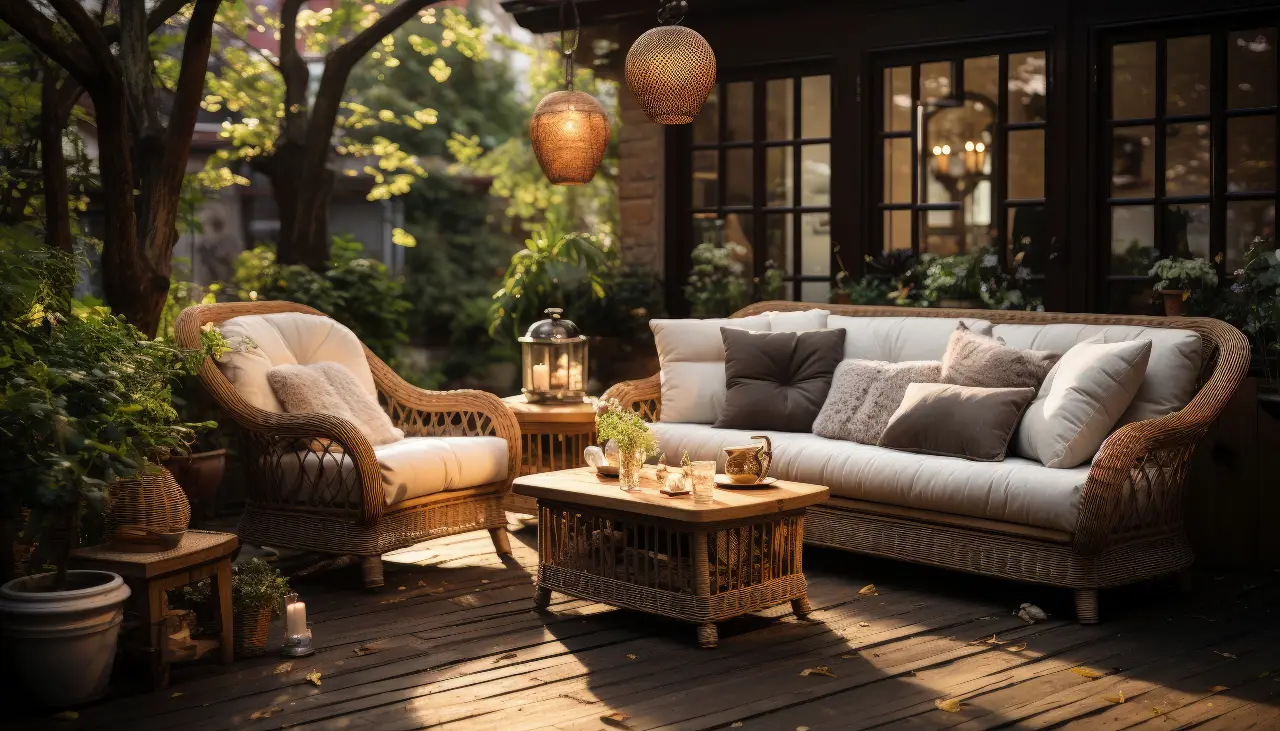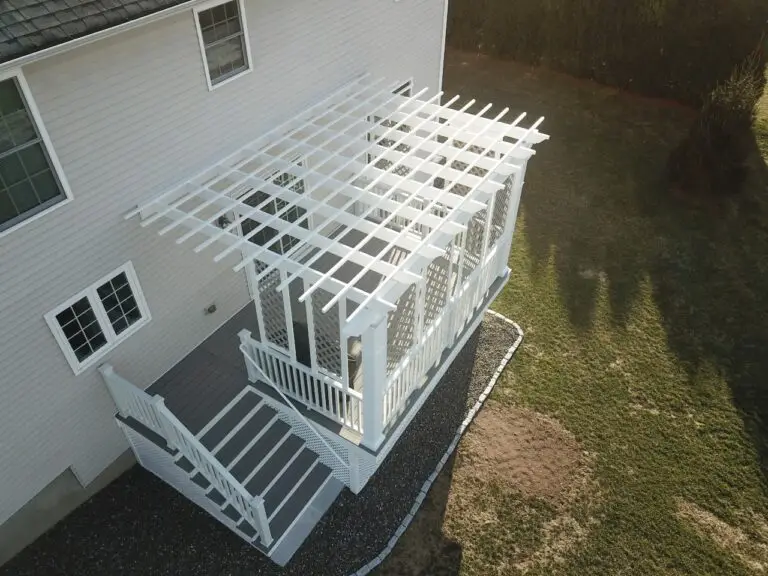Outdoor living spaces have become an essential part of modern homes, providing a seamless transition between the indoors and the natural world. A well-designed deck can be more than just a place to grill and gather; it can be a tranquil oasis that reflects your personal style and connects with the surrounding landscape. Here’s how you can create an outdoor oasis by incorporating landscaping into your deck design.
1. Understanding Your Space
Understanding your space is the foundation of creating an outdoor oasis. It’s about recognizing the unique characteristics of your yard and how they can be harmonized with your deck design. From the way the sunlight hits different areas to the natural flow of the landscape, every detail matters. By carefully assessing the area and identifying key features, you can create a design that feels natural, functional, and aesthetically pleasing. Avoiding common mistakes like ignoring the surroundings or overcrowding the space ensures that your outdoor oasis will be a comfortable and inviting retreat.
Do’s
- Assess the Area: Consider the size, shape, and orientation of your deck and yard. Think about how the sun, wind, and other elements will affect the space.
- Identify Key Features: Recognize existing features like trees, ponds, or slopes, and integrate them into the design.
Don’ts
- Ignore the Surroundings: Avoid overlooking the existing landscape and how it interacts with your deck.
- Overcrowd the Space: Don’t add too many elements that can make the area feel cramped or unbalanced.
2. Choosing the Right Plants
- Select Native Plants: Native plants are adapted to your local climate and soil, making them easier to maintain.
- Consider Scale and Proportion: Choose plants that complement the size of your deck and don’t overwhelm the space.
Plants for Connecticut:
- Perennials: Black-Eyed Susan, Coneflower, and Joe-Pye Weed.
- Shrubs: Mountain Laurel, Inkberry, and Summersweet.
- Trees: Eastern Redbud, Dogwood, and Sugar Maple.
- Grasses: Switchgrass and Little Bluestem.
Plants for Massachusetts:
- Perennials: Bee Balm, Goldenrod, and Lupine.
- Shrubs: Bayberry, Viburnum, and Witch Hazel.
- Trees: American Elm, Red Maple, and White Pine.
- Grasses: Indian Grass and Northern Sea Oats.
3. Incorporating Hardscape Elements
- Use Natural Materials: Stone, wood, and other natural materials can create a harmonious connection between your deck and the landscape.
- Add Water Features: A small fountain or pond can add a soothing ambiance.
4. Creating Functional Zones
Dining and Cooking Area Ideas:
- Outdoor Kitchen: Consider adding a built-in grill, sink, and prep area. Stainless steel appliances are durable and weather resistant.
- Pizza Oven: A wood-fired pizza oven can be a unique addition.
- Bar Area: Including a bar with seating can create a social hub.
- Cooking Safety: Ensure proper ventilation and fire safety measures.
Relaxation Zone:
- Outdoor Fireplace: Options include wood-burning, gas, or a fire pit, with materials like natural stone, brick, or fire-rated concrete.
- Seating Arrangement: Arrange comfortable seating around the fireplace.
Safety Considerations:
- Fire Safety: Ensure construction to local building codes and include proper safety barriers.
- Material Selection: Use non-combustible and heat-resistant materials.
5. Lighting and Accessories
- Use Ambient Lighting: Soft lighting can create a warm and inviting atmosphere.
- Add Personal Touches: Decorative accessories like cushions, rugs, and art can make the space feel personalized.
Trex Lighting Examples:
- Deck Post Cap Light: Tucked discreetly under the cap, providing a warm downward glow.
- Stair Riser Light: Installed into step risers, durable for years of foot traffic.
- Recessed Deck Light: Subtle dot lights that install flush on the deck boards.
- Aluminum Post Cap Light: Integrates lighting into the Trex Signature® aluminum post.
- Wedge Deck Rail Light: Versatile post lamp that can be installed on composite sleeves.
- Energy Efficiency: Trex deck lighting uses 75% less energy compared to incandescent.
- Easy Installation: DIY-friendly with the built-in Trex LightHub® connection system.
6. Sustainability Considerations
- Water Conservation: Use drought-tolerant plants and efficient irrigation systems.
- Eco-friendly Materials: Examples include recycled composite decking, reclaimed wood, bamboo, permeable pavers, solar lighting, recycled metal, and low-VOC paints and stains.
7. Working with Professionals
- Consult a Landscape Designer: A professional can help you create a cohesive design.
- Hire a Skilled Deck Contractor: Ensure that the construction is done to code and meets your quality standards.
Creating an outdoor oasis is more than just adding a few plants around your deck. It’s about designing a space that resonates with your lifestyle and connects with the natural environment. By thoughtfully incorporating landscaping into your deck design, you can create a tranquil retreat that enhances your home’s beauty and offers a place to relax and entertain. If you need professional assistance, don’t hesitate to reach out to experts like Regan Total Construction who specialize in creating beautiful outdoor living spaces.




